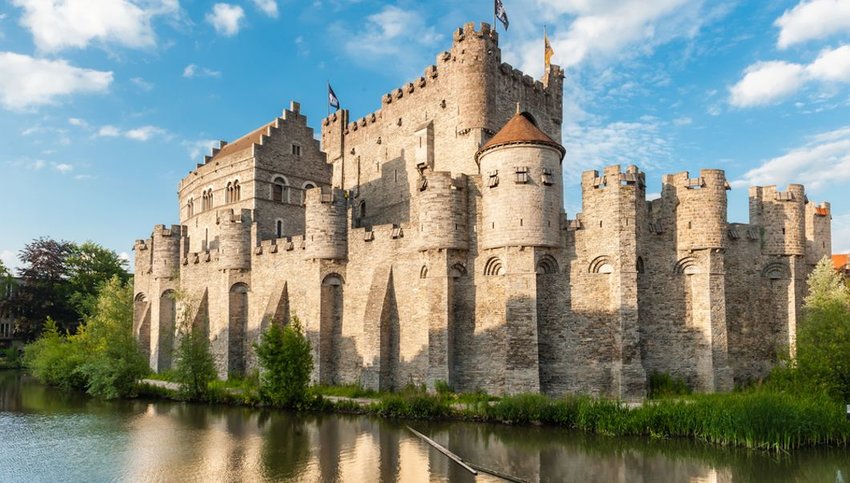Towering ramparts, swirling moats, dark dungeons, and secret staircases — Europe's legendary castles offer much to explore. These European fortresses are full of fairytale romance, adventurous history, and incredible architecture. Most European countries boast at least a handful of castles located in city centers and remote countrysides, but here's our list of the unmissable towers across the continent.
Neuschwanstein, Germany
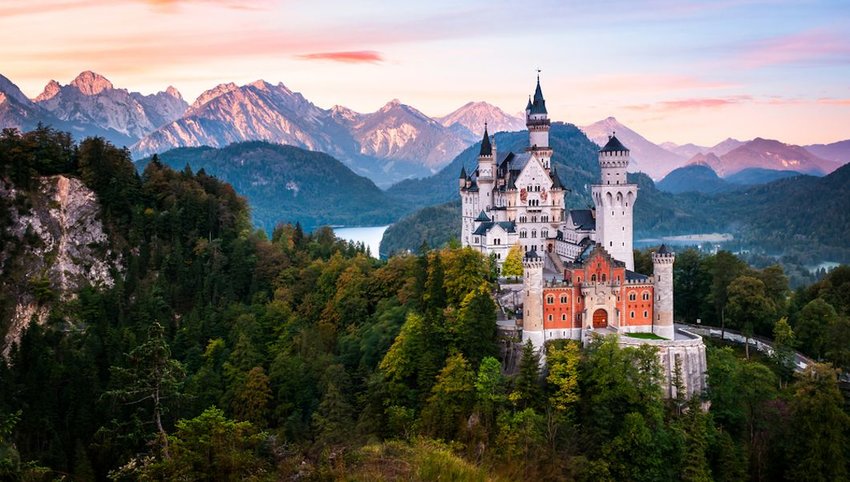
Can you write about European castles without mentioning the palace that inspired Walt Disney? King Ludwig II built Neuschwanstein near Füssen in Germany’s southern state of Bavaria in the 19th century. By then, defensive structures were no longer needed, but the Fairytale King wanted a castle, so a castle he built. He didn't do things halfway and the resulting structure was a magnificent palace unlike any other. Its name means “New Swan Castle,” referencing the monarch’s love of Wagner operas, and though Ludwig died before it was finished, it has enchanted countless visitors since.
Eilean Donan, Scotland
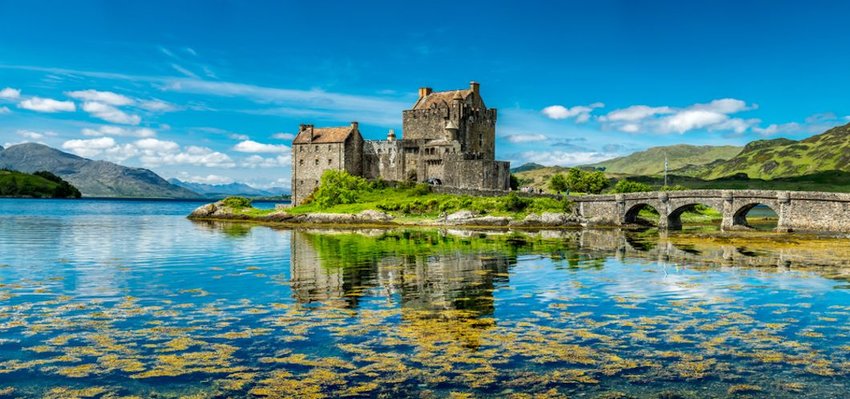
Occupying an island at the confluence of three sea lochs, Eilean Donan is one of Scotland’s most iconic castles. This majestic structure perfectly complements its natural setting. The place was first inhabited as early as the 6th century, but the first fortified castle was constructed on the site in the 13th century. The present incarnation was left in ruins after a Jacobite uprising in the early 18th century, but restored and reopened in 1932.
Segovia Alcazar, Spain
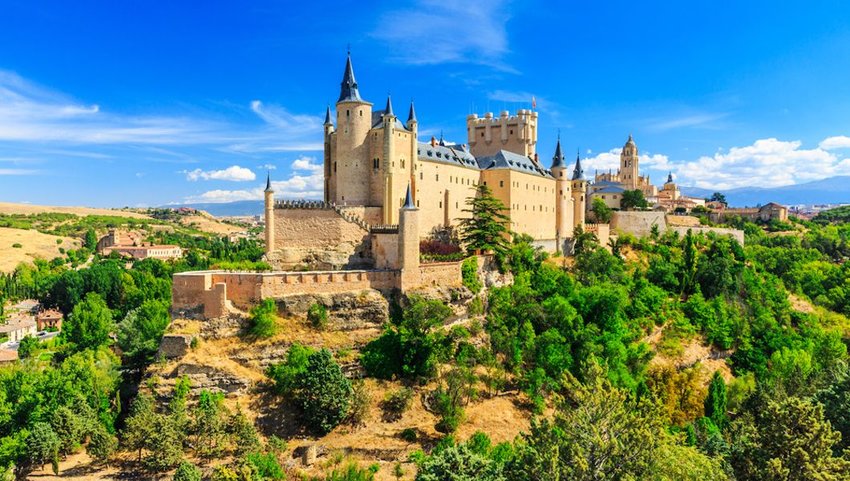
Dominating the plains of Spain’s hot, dusty interior, Segovia’s skyline is dominated by two impressive edifices – its cathedral and its alcazar. The foundations of this castle date from Roman times, but today’s fortress has been around since the 16th century. Today, it’s a museum that enchants thousands of visitors with a wonderfully opulent interior. The gilded Sala de las Piñas with its ceiling of pineapples is especially enchanting, but the star of the show is the view from the Torre de Juan II which looks out over the sprawling Spanish surroundings.
Bran Castle, Romania
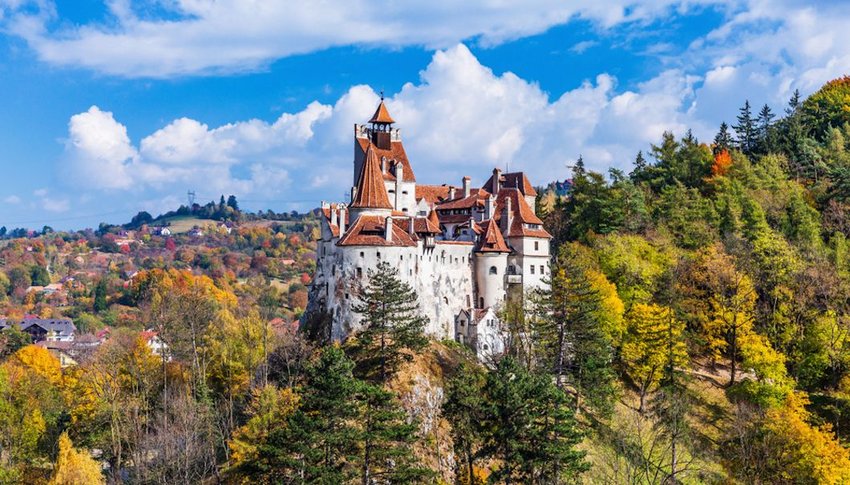
Bran Castle is a magnet for tourists visiting Transylvania seeking the legend of Dracula. And though Bram Stoker, the creator of the famous vampire, never set foot here, the castle matches his description of the Count's lonely fortress. In reality, the structure was first built as a fortress by Teutonic Knights, and was later adopted as a royal residence of Queen Maria of Romania. But that doesn't stop the Dracula fans, so expect to be bombarded with Dracula references and souvenirs the minute you approach.
Trakai, Lithuania
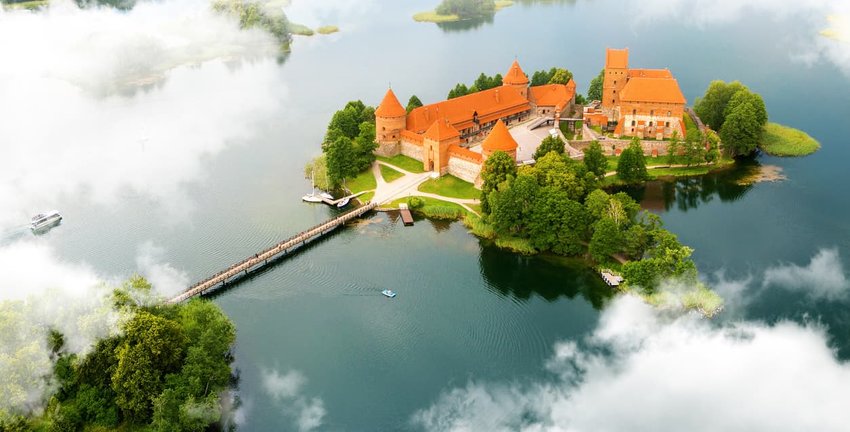
Legend has it that Trakai Castle in Lithuania was built on a whim – when a duke’s wife decided she didn’t like living in Old Trakai. The Duke, keen to remind his beloved of her previous home by the sea, not only created a magnificent castle complex, he chose to locate it on a peninsula jutting out onto a lake. The romantic gesture was lessened slightly when the castle was converted into a prison, but today it's a history museum that visitors can tour and learn about the region's fascinating history.
Gravensteen, Belgium
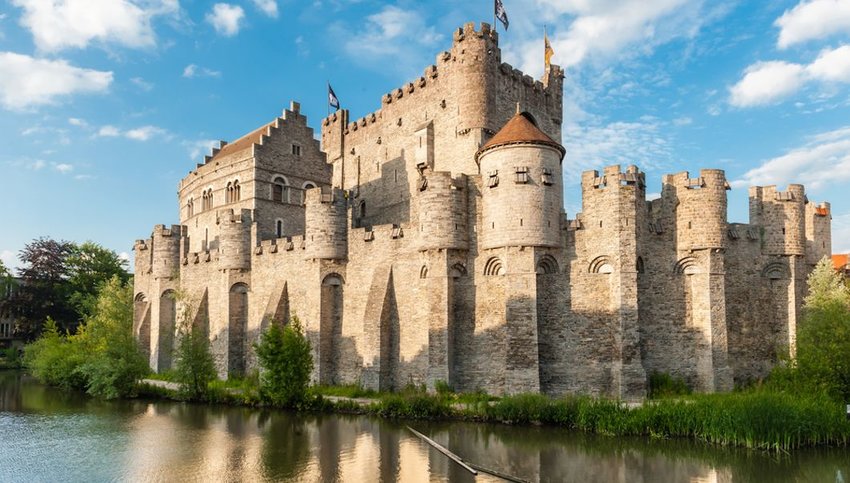
Ghent’s castle was built in 1180 by Count Philip of Alsace, who drew his inspiration from the Crusader castles he had seen on his tour of duty. Perched on the river Leie, the medieval fortress is a crowning jewel of this Belgian city. In its time, it’s been a courthouse, prison, and even a factory, though today it's one of Ghent's most popular tourist attractions.
Château Comtal, France
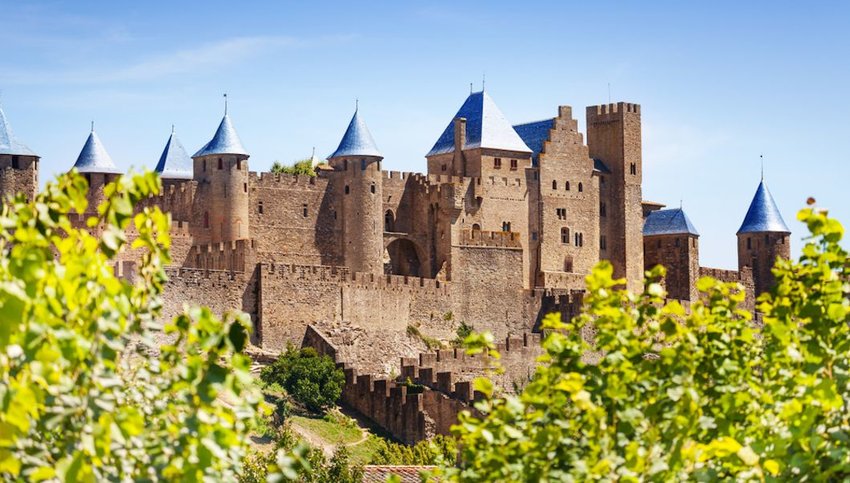
France is littered with stunning châteaux, but the Count’s castle is one of the must-sees in the fortified old city of Carcassonne, the largest city in Europe boasting intact city walls. Carcassonne’s castle is thought to have been built by Cathars, Christians who were denounced as heretics by the Catholic majority. It remains one of the best-restored medieval castles, and a UNESCO World Heritage Site. Visitors can wander the ancient ramparts and strategize against any invaders in the military displays.
Corfe, England

The ruined castle that overlooks the pretty village of Corfe may be less recognizable as a castle, but it's still a stunning addition to your list. The fortress was a casualty of England’s brief but bloody Civil War, but its collapsed walls and hidden nooks fascinate visitors to this day. Look for the murder holes used to pour tar or boiling oil and arrow slits from which archers could defend the castle against would-be attackers. Or simply admire the stunning view from the top of the Purbeck Hills. There are no wrong ways to traverse history from the battlemants of a European castle.

